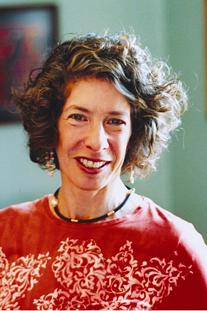ISBN:9781319224165
Take notes, add highlights, and download our mobile-friendly e-books.
A Guide to Writing in Science, part of the Writer’s Help Guidebook Series, offers writing and research support for students writing in the discipline. This compact yet comprehensive guidebook provides the value students want with the essential instruction they need to get their writing tasks completed successfully. Students will find advice on how to think, read, research, design and write papers, projects and presentations like a scientist.
Coverage includes the following topics, all focused on the specific needs of writers in science:
- Writing process
- Conventions in the discipline
- Integrating and evaluating sources
- Documentation style required in the discipline--with plenty of models
- Sample student writing
E-book
Read online (or offline) with all the highlighting and notetaking tools you need to be successful in this course.
Learn MoreTable of Contents
Introduction: A Guide to Writing in Science
Thinking like a scientist
Writing like a scientist
Questions scientists ask
Kinds of evidence scientists use
Distinguishing fact, opinion, and value
Ethics in science writing
Researching science
Using databases to find research publications
Primary and secondary sources
Evaluating online resources
Reading the scientific literature
Actively reading a textbook
The structure of a science paper
Actively reading science papers
The process of writing papers in science
Considering your purpose
Understanding your audience and their needs
Organizing and drafting
Revising and editing
Writing conventions in science
Sentence structure
Phrasing for clarity, concision, and directness
Word choice
Integrating, citing, and documenting sources
Avoiding plagiarism and recognizing intellectual property
Presenting data
CSE system for documenting sources in science writing
Genres of writing in science
Annotated bibliography, article summary, and abstract
Literature review
Lab report
Research report
Research proposal
Lab notebook
Short response and description
Oral presentation
Poster presentation
Glossary of vocabulary in science
Additional resources for reading and writing in science
Practice activities
Practice activity: Experimenting with recipes, scientifically
Practice activity: Developing a testable hypothesis
Practice activity: Thinking like a scientist
Practice activity: Genetically modified organisms (GMOs)
Practice activity: Searching for background information
Practice activity: Using a database
Practice activity: Reading an experimental study
Practice activity: Analyzing a figure 1
Practice activity: Analyzing a figure 2
Practice activity: Understanding journal format requirements
Practice activity: Analyzing a literature review
Practice activity: Identifying bias on websites
Practice activity: Writing clear, concise prose
Practice activity: Labeling tables for clarity
Practice activity: Analyzing and improving a bar graph
Practice activity: Writing clear procedures
Answers to selected activities
Sample student writing: Science
Lab report: An Analysis of Enzyme Activity with Substrate and Salt
Lab report: Distribution Pattern of Dandelion on an Abandoned Golf Course
Literature review: Hypothermia, the Diving Reflex, and Survival
Research paper: Conservation Implications of Courthouse Creek Logging Project
More help with documentation: CSE style
CSE-style reference list: Additional examples
Editing strategies
Subject-verb agreement
Pronoun agreement, reference, and case
Strong verbs
Sentence fragments
Run-on sentences
Distracting shifts
Parallel structure
Clear, uncluttered sentences
Sentence emphasis
Commas
Apostrophes
Quotation marks
 United States
United States




